Restoring antique vehicles is a labor of love that often presents unique challenges, particularly when it comes to paint and finish. These vintage machines require special attention to detail and a deep understanding of historical accuracy to ensure their beauty and authenticity are preserved. Restorers and enthusiasts face specific hurdles in achieving the perfect paint and finish on antique vehicles.
Understanding Historical Paints and Finishes
The evolution of automotive paint technology over the decades has significantly influenced restoration choices. In the early 1900s, cars were often painted with enamels or varnishes, which provided a glossy finish but were not particularly durable. By the 1920s and 1930s, nitrocellulose lacquers became popular, offering faster drying times and a more durable finish. Today, modern paints like acrylic enamels and urethanes offer even greater durability and a wider range of color options. However, restorers often face the dilemma of whether to stick to original finishes for authenticity or to use modern alternatives for improved longevity and ease of maintenance.
When considering original versus modern finishes, it’s essential to weigh the pros and cons. Original finishes maintain the historical integrity of the vehicle but may require more frequent maintenance and can be less resistant to environmental factors. On the other hand, modern finishes provide excellent protection and ease of care but may detract from the vehicle’s authenticity. Sourcing authentic materials for restoration projects can also be challenging, as many original materials are no longer produced. Enthusiasts often rely on specialty suppliers or even recreate materials using historical formulas to ensure an accurate restoration.
Surface Preparation Challenges
Dealing with rust and corrosion is one of the most significant challenges in surface preparation for antique vehicles. Rust not only compromises the structural integrity of the vehicle but also affects the final appearance of the paint job. Effective techniques for removing rust include sandblasting, chemical rust removers, and manual sanding. However, it’s crucial to use these methods carefully to avoid damaging the vehicle’s original structure. A balance must be struck between removing rust and preserving as much of the original material as possible.
Repairing bodywork and imperfections is another critical aspect of surface preparation. Dents, scratches, and other blemishes must be addressed to achieve a smooth and even finish. Techniques such as metal shrinking, filler application, and careful sanding are employed to restore the bodywork to its original state. Restorers must also navigate the fine line between preserving original elements and replacing them. While some imperfections can be repaired, others may require replacing panels or parts to achieve a seamless finish, always considering the vehicle’s historical value.
Techniques for Accurate Color Matching
Matching the original color of an antique vehicle is crucial for maintaining its authenticity and value. Period-correct colors not only reflect the vehicle’s heritage but also contribute to its overall appeal. Restorers often face challenges in identifying and replicating these colors, especially when dealing with faded or weathered paint samples. Analyzing aged paint samples requires skill and precision, as environmental factors can alter the original hue over time.
Modern tools and technology have significantly aided in the process of color matching. Spectrophotometers and color analysis software allow restorers to accurately decipher colors from aged samples and recreate them with precision. These technologies help ensure that the restored vehicle’s color matches its original appearance as closely as possible, enhancing its authenticity and value.
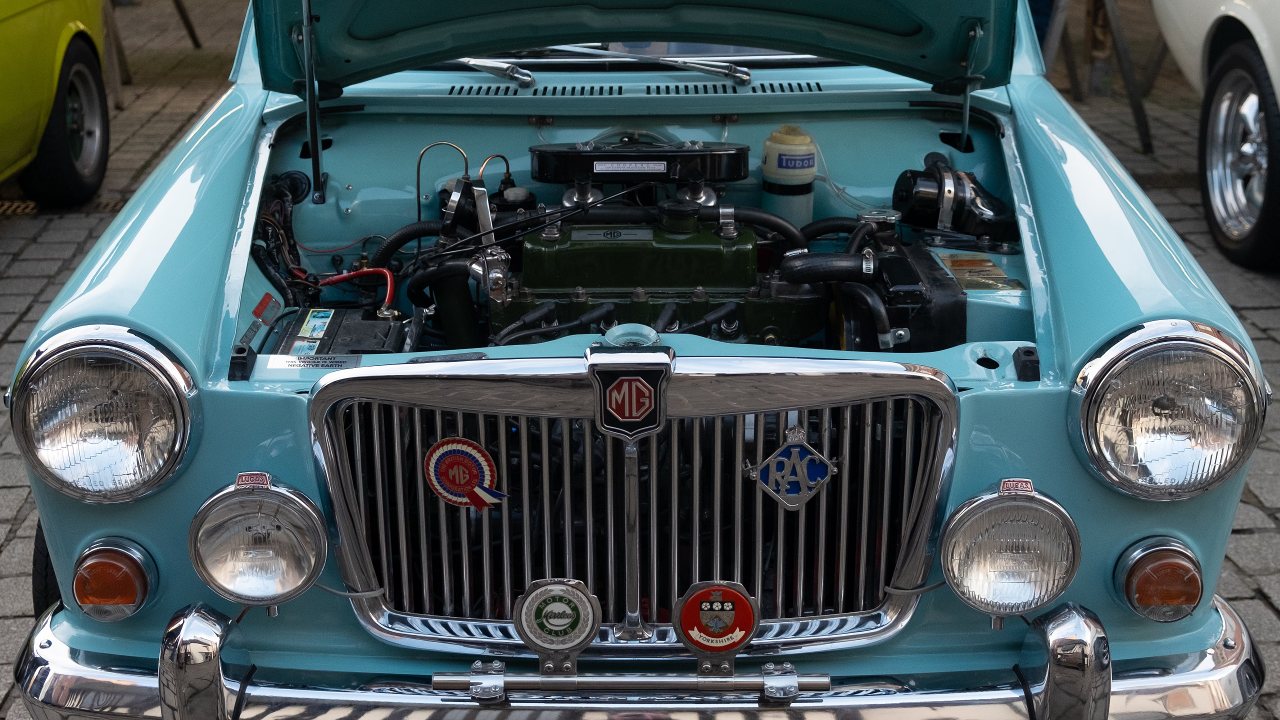
Application Methods and Their Challenges
The choice of application method can greatly impact the outcome of a paint job on an antique vehicle. Spray techniques, such as using HVLP (High Volume Low Pressure) sprayers, offer a modern approach that provides an even application and reduces paint waste. However, traditional methods, such as hand-painting or using a brush, may be preferred for certain restorations to maintain historical accuracy. Each method presents its own set of challenges, from achieving an even coat to managing paint consistency.
Achieving an even finish on vintage cars can be particularly difficult due to their unique contours and surfaces. Older vehicles often feature complex curves and intricate details that require careful attention during the painting process. Restorers must also consider environmental factors such as temperature, humidity, and dust, which can affect paint application and drying times. Implementing controlled environments or using specialized equipment to manage these factors can help ensure a high-quality finish.
Preserving the Finish for Longevity
Once the paint and finish are applied, preserving them for longevity becomes a priority. Protective coatings and sealants play a critical role in safeguarding the vehicle’s finish while maintaining historical accuracy. Options such as waxes, ceramic coatings, and UV-protective sealants help protect against environmental damage and prolong the life of the paint. Careful selection of these products ensures they complement, rather than detract from, the vehicle’s historical appearance.
Maintaining the finish of antique vehicles requires regular cleaning and maintenance routines. Gentle washing techniques, using soft cloths and pH-balanced cleaners, help prevent scratches and preserve the paint’s luster. Regular waxing and inspections for chips or scratches are also essential to address any wear and tear promptly. Over time, even with the best care, wear is inevitable. Strategies for managing this wear include periodic touch-ups and careful monitoring of the vehicle’s condition to address issues before they escalate. This proactive approach helps maintain both the vehicle’s appearance and its historical authenticity.
Like Fast Lane Only’s content? Be sure to follow us.
Here’s more from us:
*Created with AI assistance and editor review.


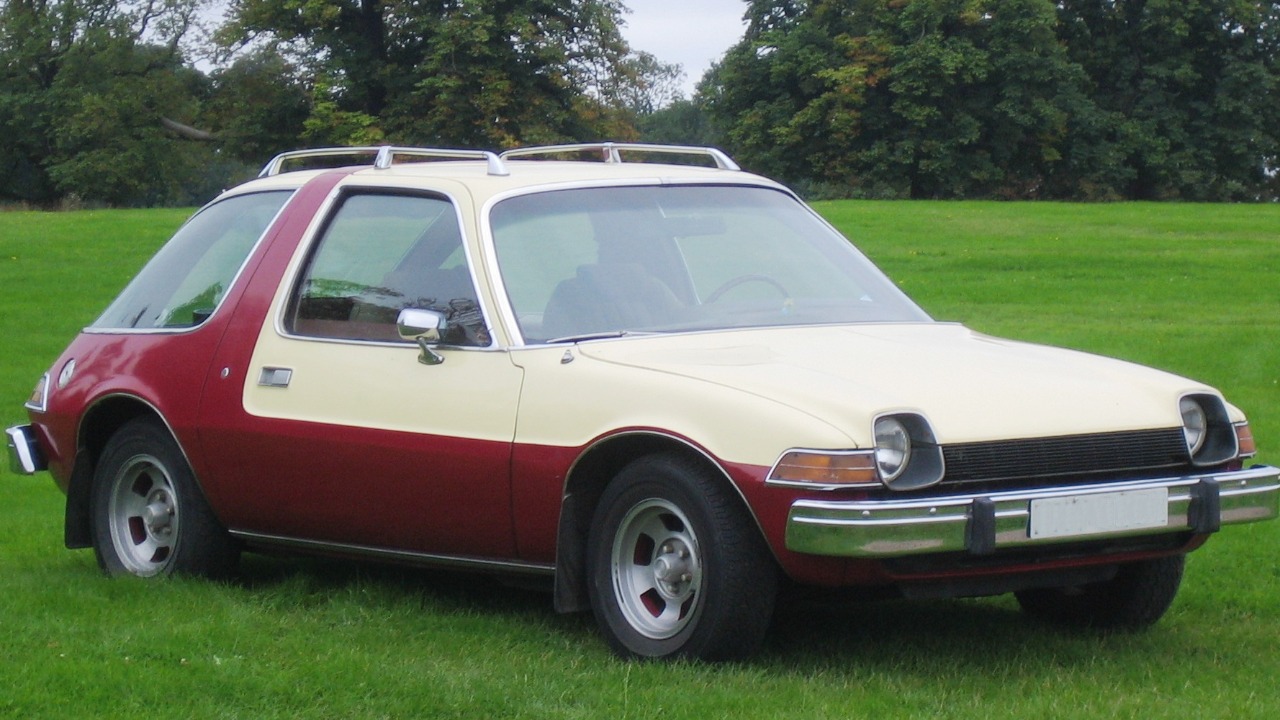
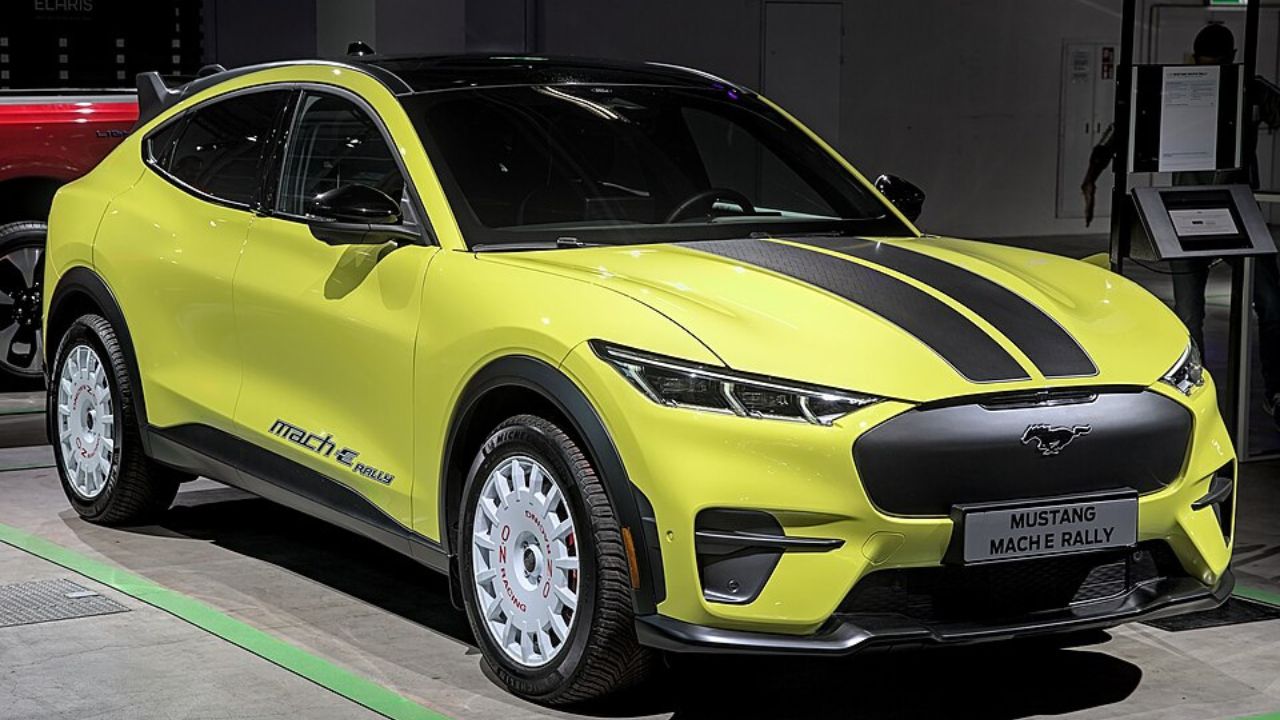
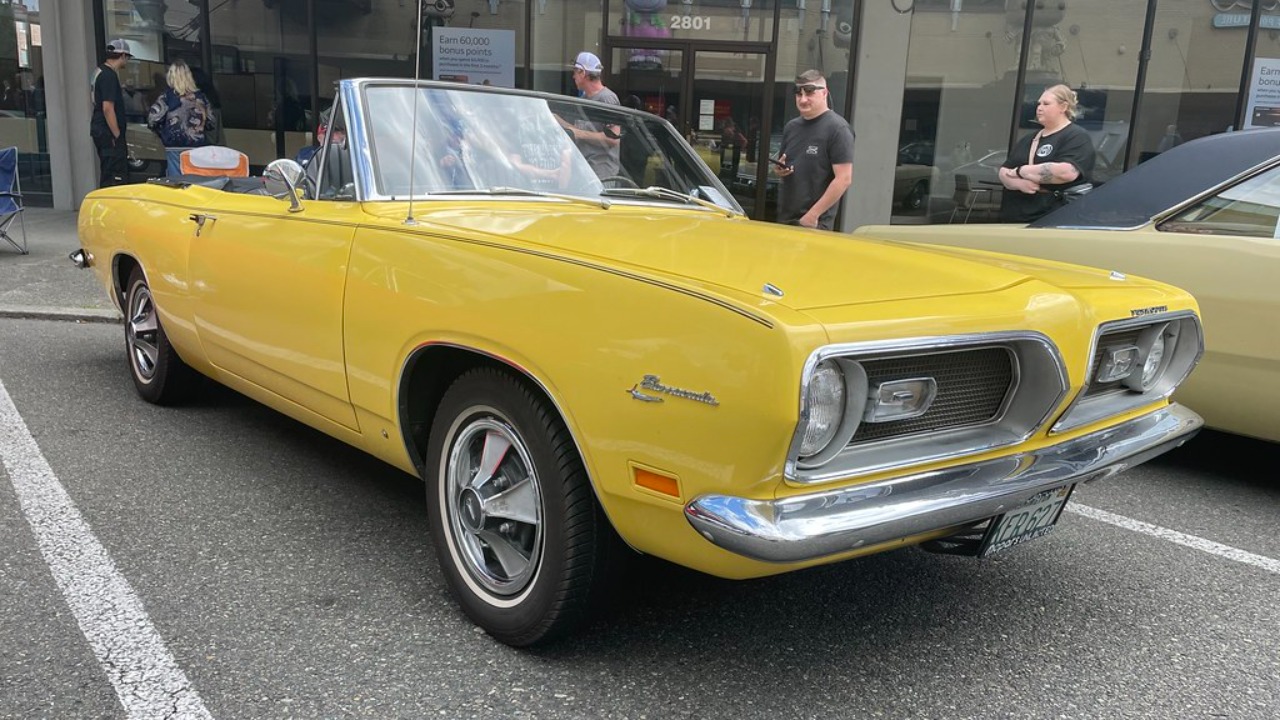
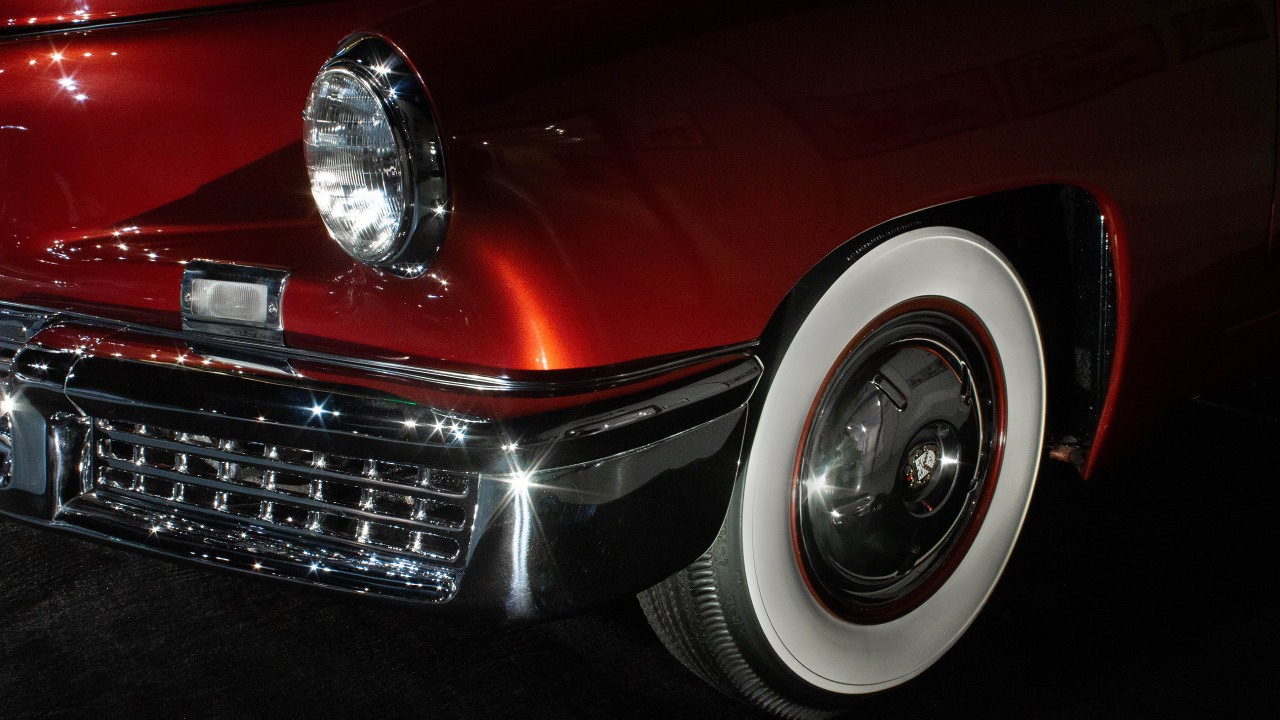
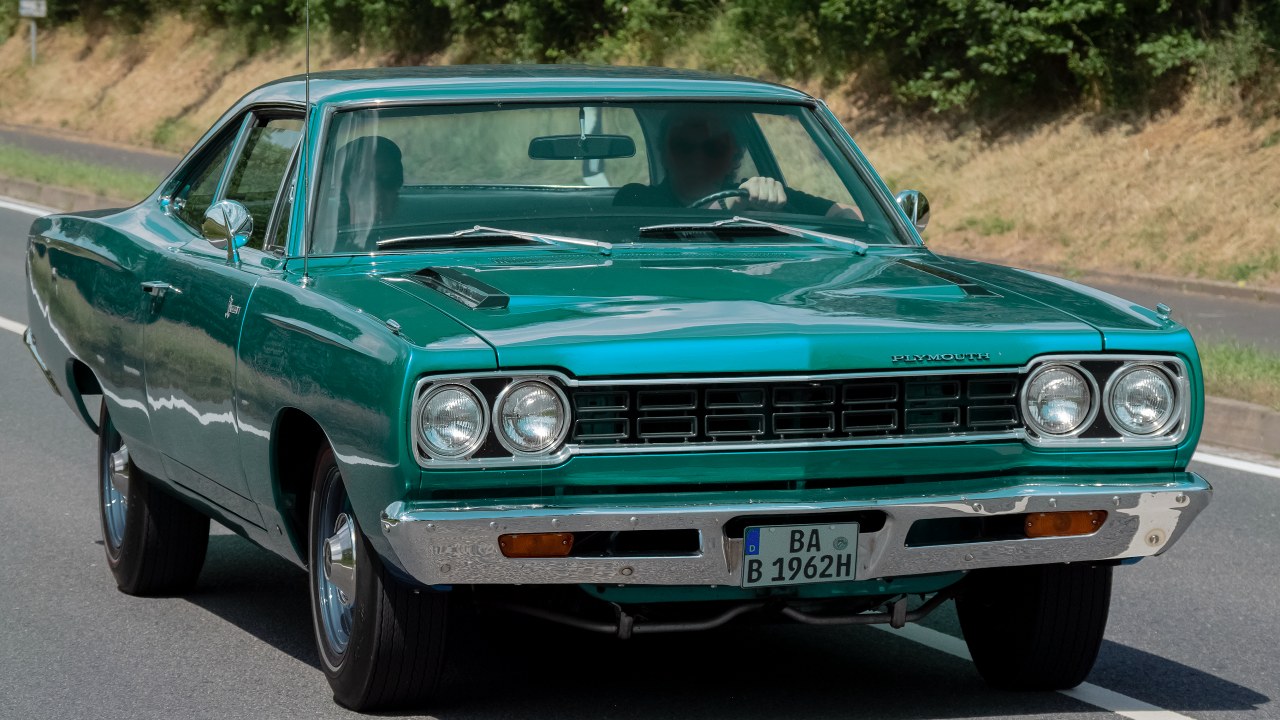
Leave a Reply